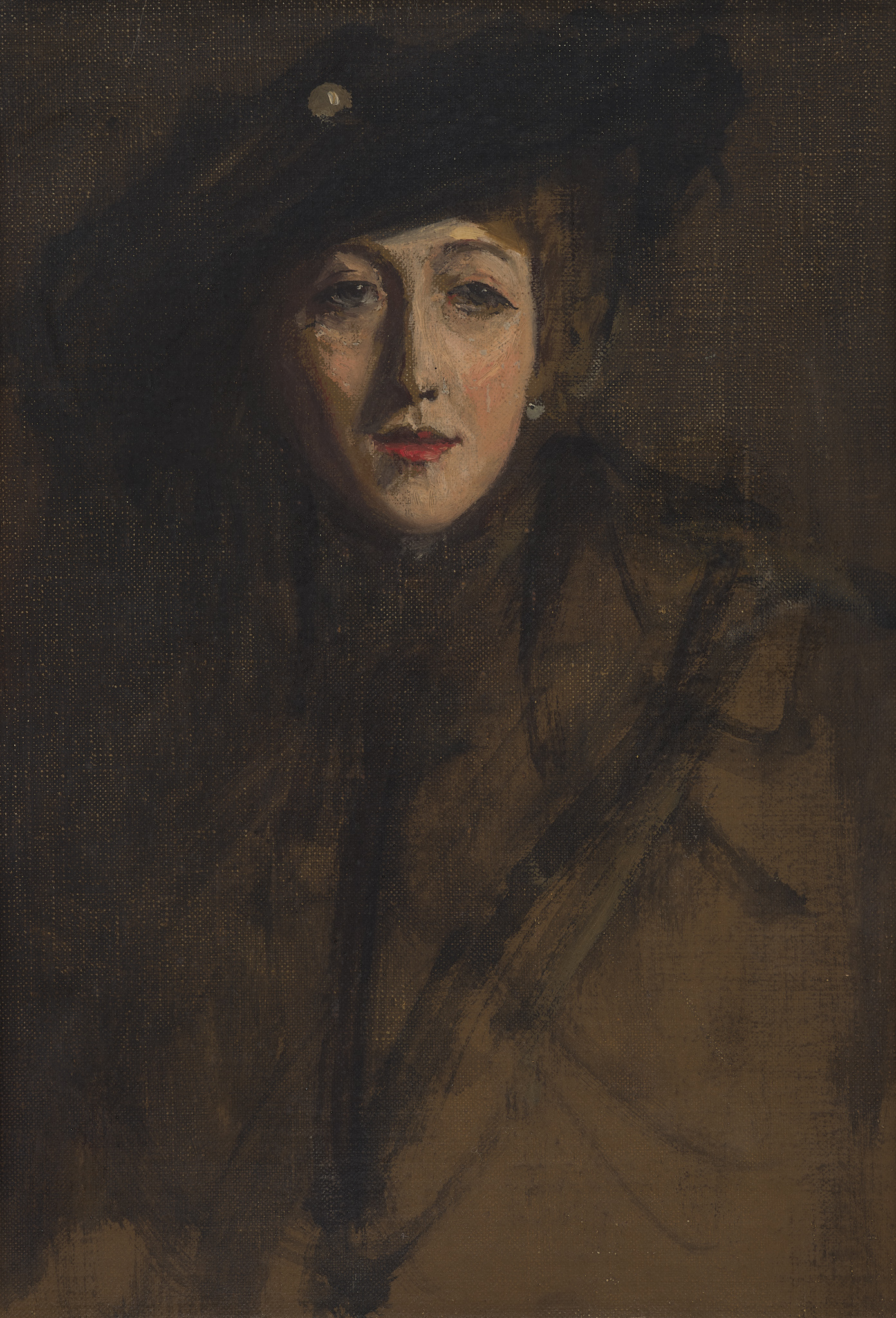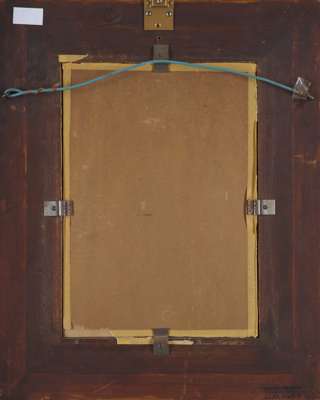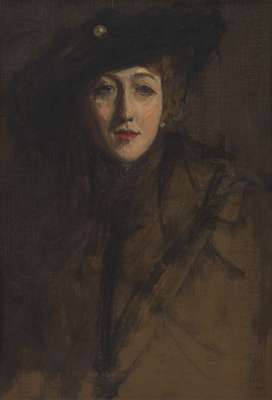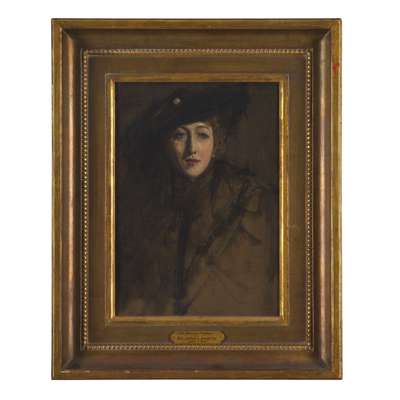
Lot 158

SIR JOHN LAVERY R.A., R.S.A., R.H.A. (IRISH 1856-1941)
MRS BROWN-POTTER








Scottish Paintings & Sculpture
Auction: Evening Sale | Lots 109 to 207 | Thursday 04 December 2025 from 6pm
Description
Oil on board
Dimensions
35.6cm x 25.4 cm (14in x 10in)
Provenance
Given to the present owners by 1990
Footnote
By 1900, two years after his move to London, Lavery’s career as a portrait painter had flourished. Crowned with the purchase of Père et Fille (Musée d’Orsay, Paris, acc.no.RF 1318) for the French government, his work was now in public collections in Germany, Italy, Belgium and the United States. Only in London did he experience hostility from the Academic establishment when he was Vice-President and prime mover of the new International Society of Sculptors, Painters and Gravers, in close association with James McNeill Whistler. Impressionism, Symbolism and other radical tendencies found a place in its exhibitions along with the work of Lavery’s Glasgow associates.
His most important work at the society’s third show in 1901 was the dramatic profile portrait of the American actor, Cora Brown-Potter, that must have begun with the present trial sketch (see for instance, ‘Mr Lavery’s Portrait of Mrs Brown Potter’, The Tatler, 11 December 1901, p. 501). A popular figure on the English stage, Mrs Brown-Potter (née Mary Cora Urquhart, 1857-1936) was born in New Orleans to wealthy dealers in hardware. After her marriage to millionaire coffee importer, James Brown-Potter, she moved to New York where she joined the elite Social Register, with ambitions to perform on stage. In this she had already gained renown when, at a private function in Washington, the recitation of a poem by Algernon Charles Swinburne led to some ‘pruriently modest ladies’ leaving the room (as reported in ‘Drama in America’, The Era, 20 March 1886, p. 15).
A few months later Brown-Potter was the toast of London Society attending summer balls at Marlborough House and the Lyceum, hosted by the Prince of Wales and Henry Irving respectively. Admired by Oscar Wilde, her ascent to leading roles was swift and she held her position as actor and producer up until the First World War. Around 1900, at the time of Lavery’s portrait, she was intending to back a play about Beau Brummell that Wilde was asked to work on.
The current oil sketch is the likely result of Lavery’s first encounter with the performer. Essentially, swift notes of this type familiarised the artist with every new personality and were often gifted to a sitter at the end of their sittings. In this case the small full-face version was rejected in favour of Brown-Potter’s striking profile.
We are grateful to Professor Kenneth McConkey for writing this catalogue entry.








